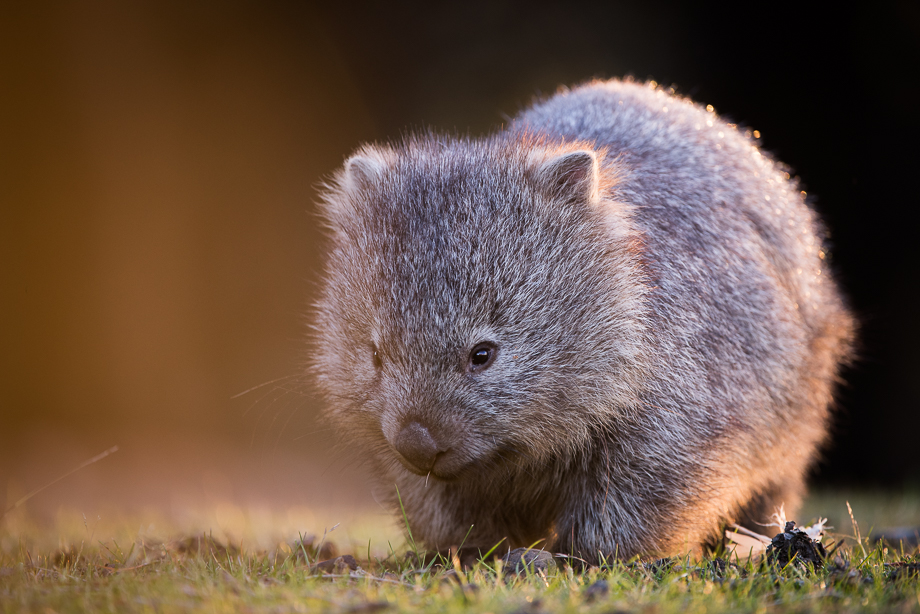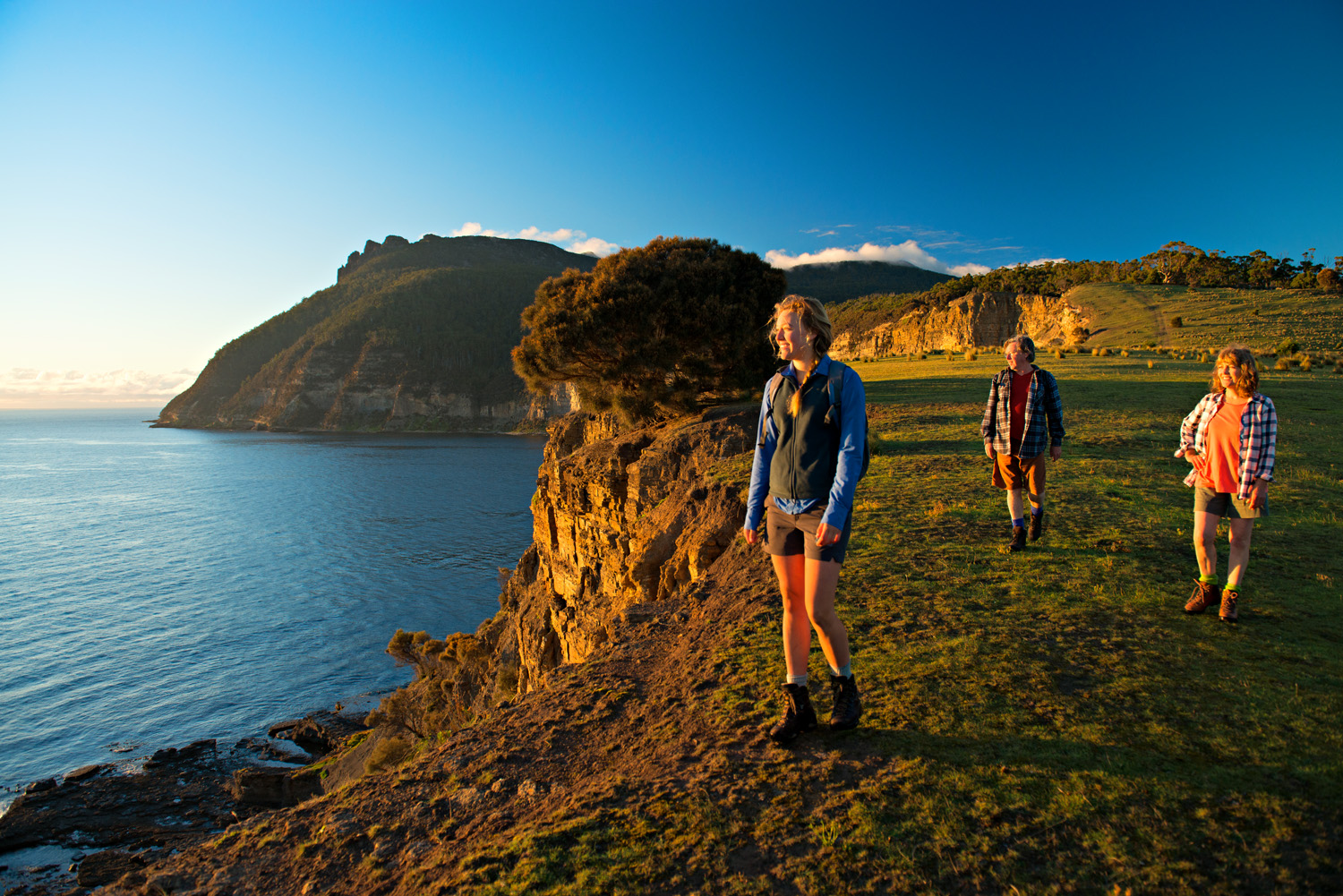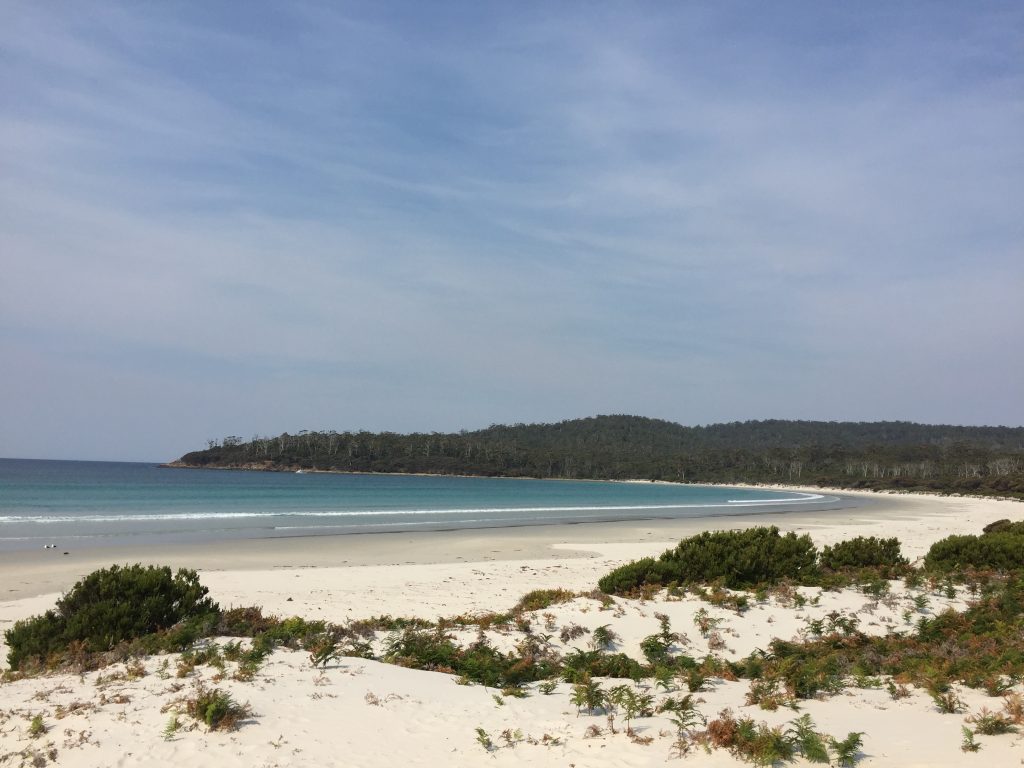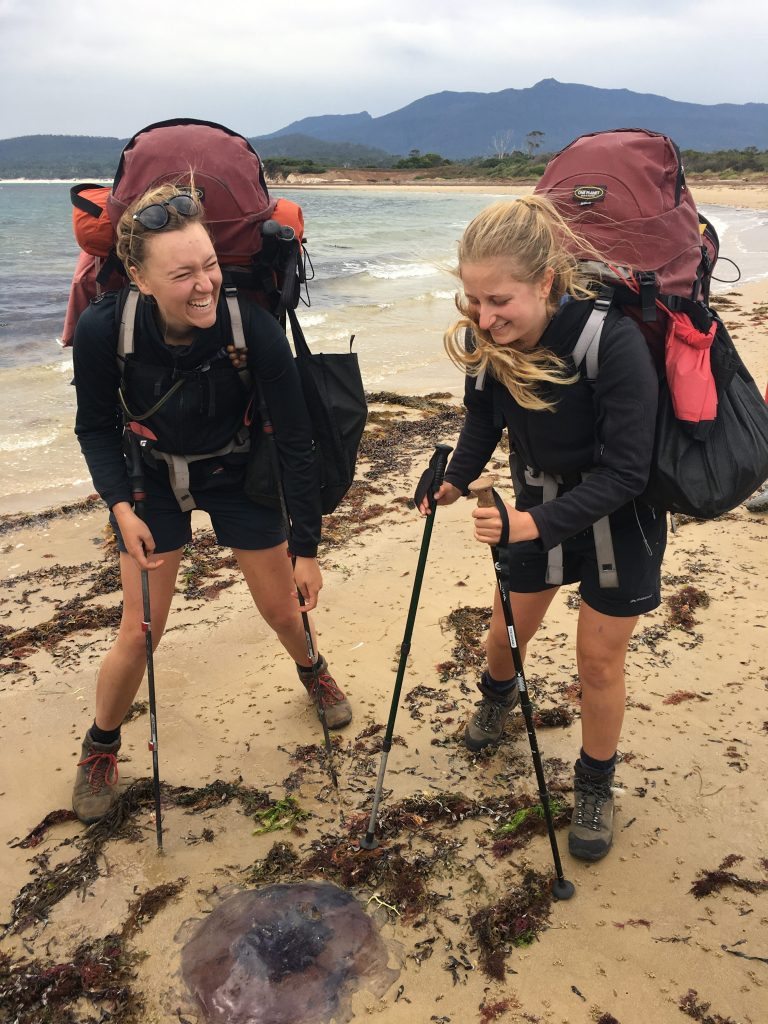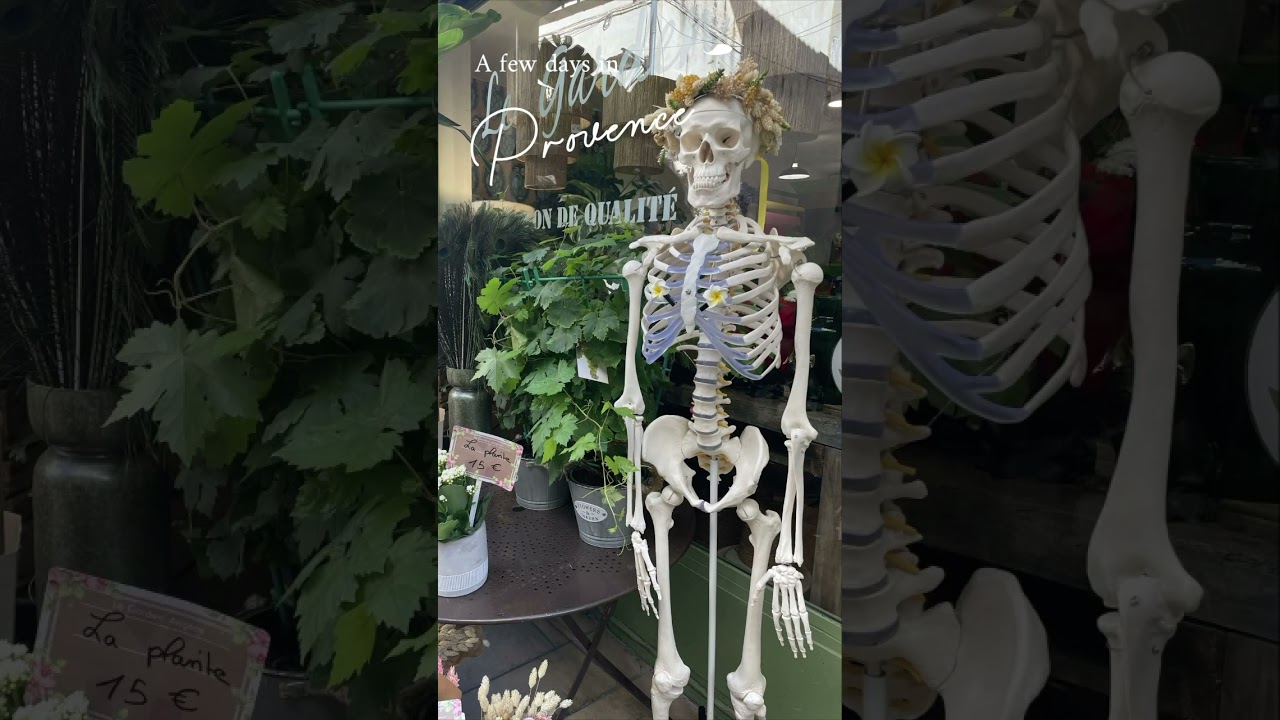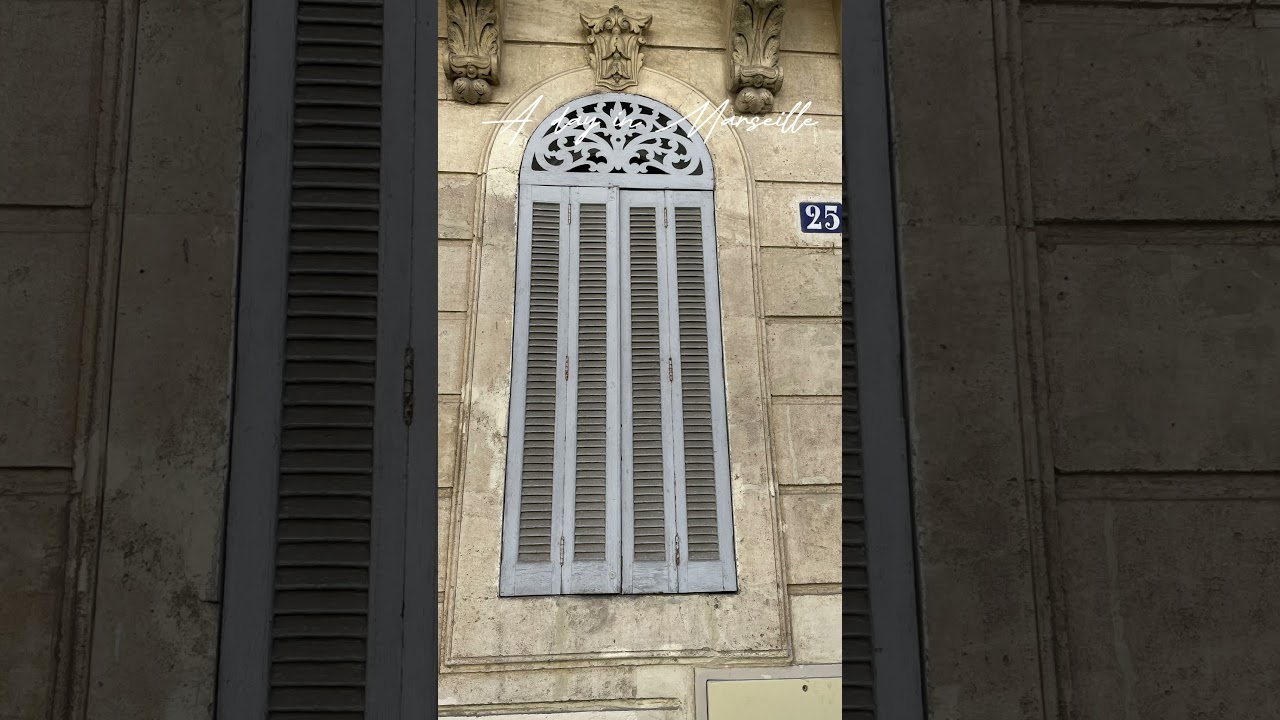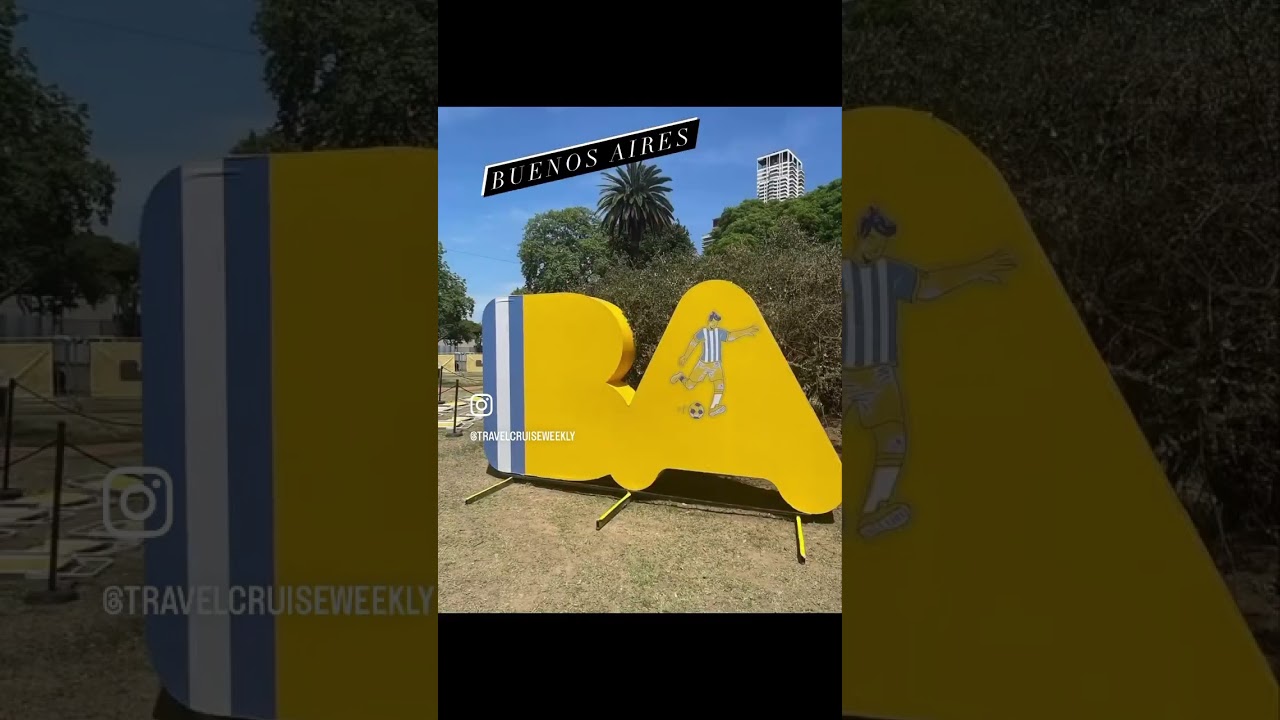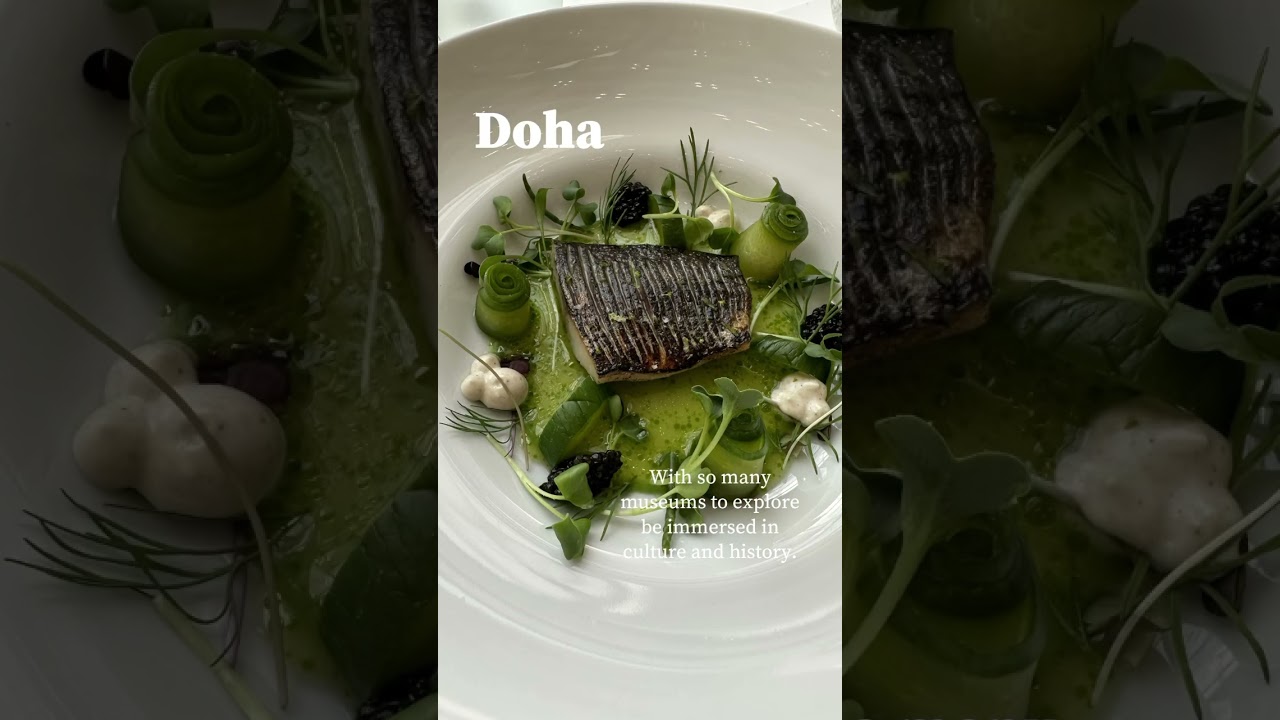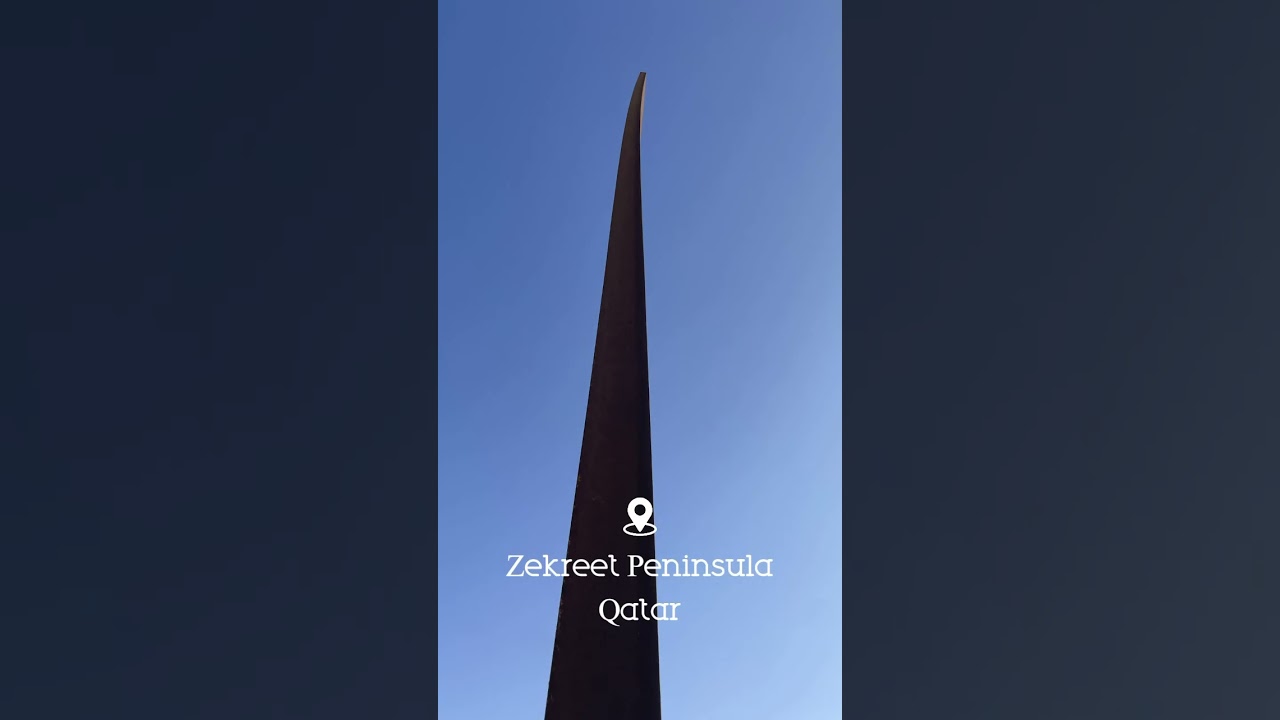Jenny Piper has the chance to experience one of Tasmania’s most spectacular landscapes, the beautiful Maria Island, off the East coast, with its sweeping bays, rugged cliffs and mountains and amazing wildlife as part of the four day Maria Island Walk.
The adventure began in Sydney where my friend saw a poster for the walk in her local travel agent. She was so taken with the beauty of the white beaches and turquoise waters that she decided that the walk was what she would like to do with her husband to celebrate their 25th wedding anniversary. Of course when she told me her plans I asked if we could ‘chime in’, so in April, together with six other people and two guides we embarked on our exploration of the magnificent Maria Island.
The island has been a National Park since 1972 and is accessed by boat from the fishing village of Triabunna. It has a fascinating history as a whaling station, a convict settlement and later a farming community. Visitors can stay in the only township of Darlington where there is hostel style accommodation in the old Penitentiary or camping. But we were visiting on the guided Maria Island Walk, a four-day, three-night trek covering the length of the island, hiking about 30km in total (not including optional walks), and staying in exclusive, luxury wilderness camps, not a bad way to see this World Heritage listed destination.
The walk
After being collected from their hotel in Hobart, guests go to the city base to get kitted up for the next few days. Packs are provided and despite the suggested gear list I still managed to overpack, which I did regret as an inexperienced hiker. Guests carry their own packs (unless you have pre-arranged the no pack option). After transfer to Triabunna we board the boat for the 40 minute crossing to the island, arriving on the beach at Shoal Bay where French explorer Nicholas Baudin landed in 1802. Fortunately the walk to our first campsite is a short one and we offload our packs to replace them with day packs for the optional afternoon walk down to Haunted Bay, home of an old whaling station and named because of all the whale bones in the bay.
Day two is the longest walk of 13km, covering five beautiful beaches. We visit one of the oldest farmhouses on the island and then have lunch at the ruins of the convict cells, before encountering our first wombat. For the beachcombers we come across some amazing finds including whale vertebrae.

On Day three we head inland through the forests towards the summit of Mt Maria. But due to inclement weather we can’t climb to the summit, so instead we head straight to Darlington to dry out and explore the historic township with its many convict buildings.
Our final day sees us take on the twin peaks of Bishop and Clerk. This is an optional activity as it is a strenuous hike. The four hour round trip takes us along the edges of rugged cliffs and through forests and woodlands before climbing a scree slope to reach the summit at 620m. After scrambling up the last few boulders we reach the top with its spectacular views and celebrate our achievement with a cuppa provided by our wonderful guide, who has carried the thermos all the way up. Our guides for the trip have been two enthusiastic and knowledgable young ladies – Holly and Jo. They have looked out for all of us and kept us informed about the history and the flora and fauna of the island.
Food and Accommodation
The first two nights of the walk are spent ‘glamping’ at the wilderness camps with permanent tents, comfy beds and sleeping bags provided. There are private showering and toilet facilities as well as a dining tent and sitting area in which to relax. The campsites are nestled in the bush and situated near secluded beaches.
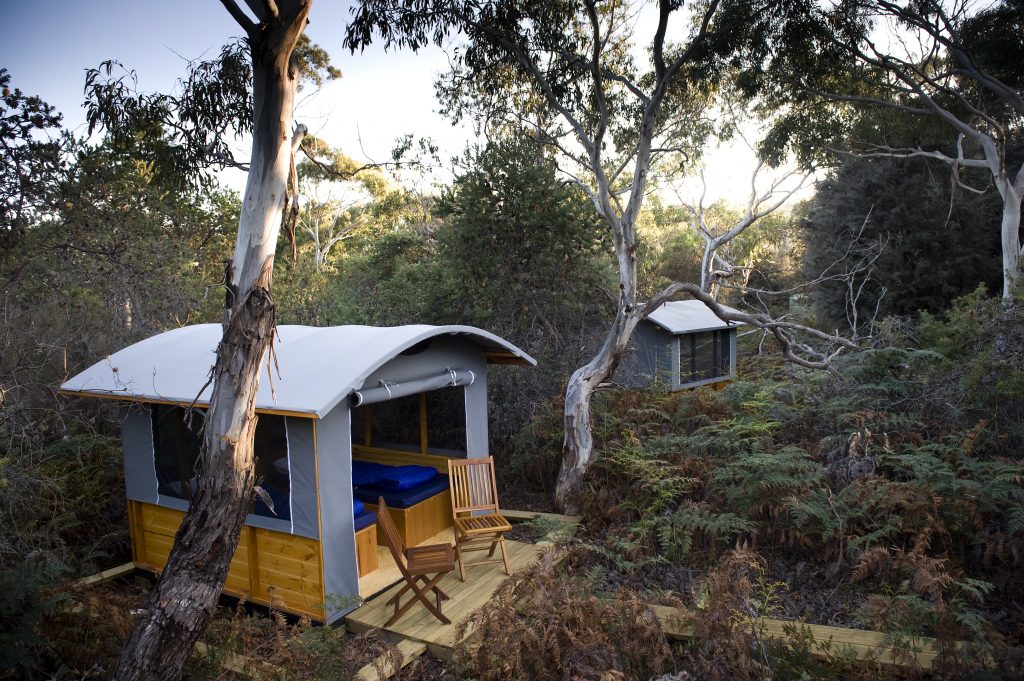
The final night is spent at Bernacchi House, the restored cottage of Diego Bernacchi, a flamboyant resident who helped shape the history of Darlington with his various entrepreneurial endeavours. We celebrate new friendships and new experiences with a banquet dinner. Each night we have been treated to a candlelit three course gourmet meal cooked by our guides. The food is delicious and showcases the best of Tasmanian produce and local wines. There are also hot breakfasts and delicious packed lunches each day.
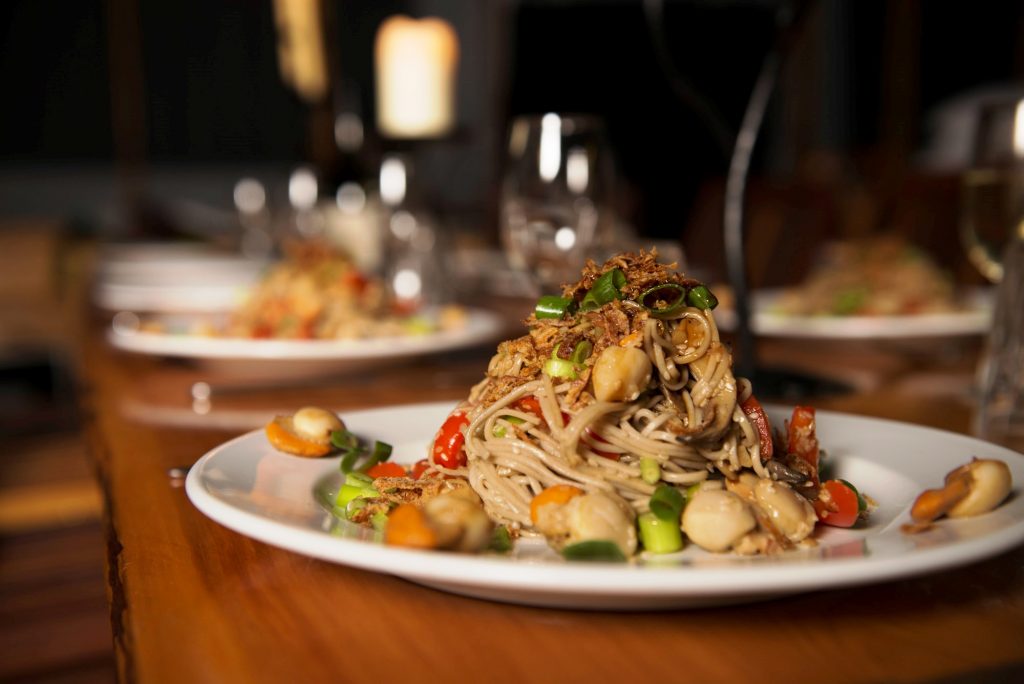
The Wildlife
One of the highlights of Maria Island is the abundance of wildlife. We were lucky enough to see pademelon, wallabies, kangaroos and the famous wombat. Our first encounter with the wombat saw all the group grabbing for cameras and phones to get a good picture of it hiding in the undergrowth. We were soon to discover they weren’t as elusive as we all thought. In fact there are hundreds of them. We spotted them in the forest, by the side of the track and even on the rocks by the waters edge. Despite their abundance we were all excited every time we spied one of these shy creatures.
The bird life is prolific and our ‘twitcher’ in the group managed to identify over 26 species of bird, including various gulls, sea eagles, swans, black cockatoos and Cape Barren geese.
But the highlight would had to be the close up sighting of a Tasmanian Devil. The devils are not native to Maria Island, they have been introduced as part of a breeding program to eliminate the facial tumour disease that is endangering the species. One cheeky devil ventured up to our BBQ one night to see what was cooking, much to the delight of the group.
Our four days finish with a final champagne lunch in Darlington, just a group of new friends and the local wombats, before returning to civilisation, tired yet exhilarated, and ready for a long soak in a bath!
